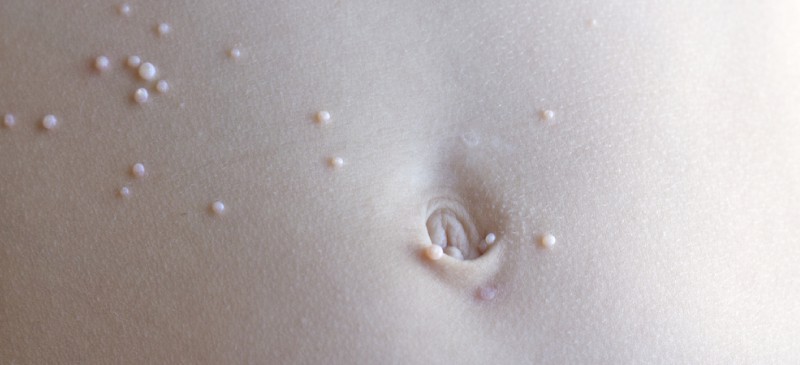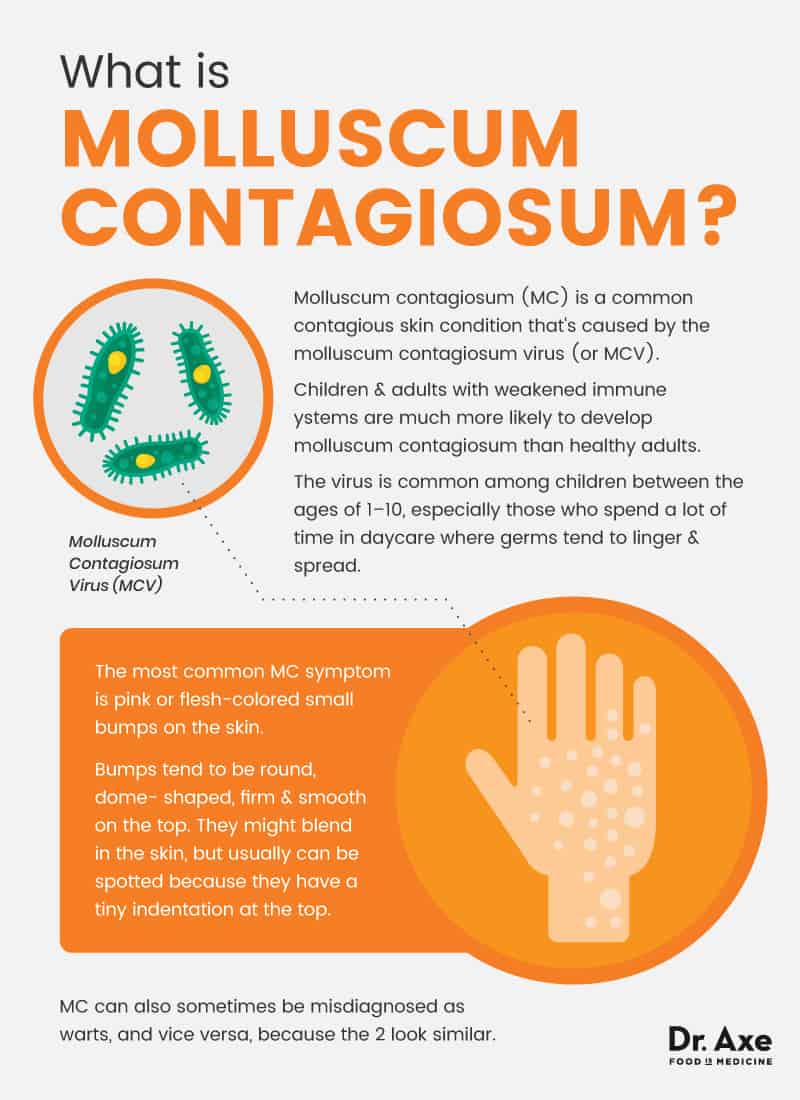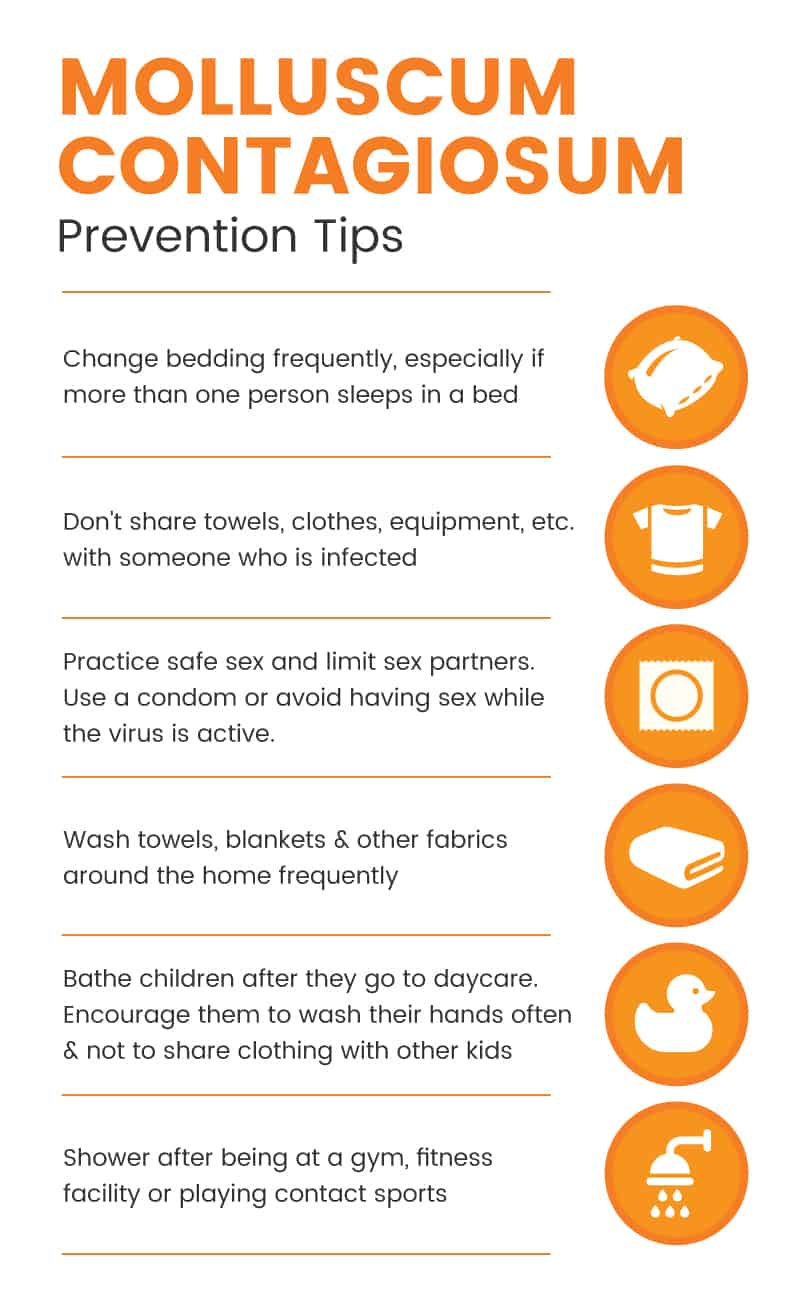This Dr. Axe content is medically reviewed or fact checked to ensure factually accurate information.
With strict editorial sourcing guidelines, we only link to academic research institutions, reputable media sites and, when research is available, medically peer-reviewed studies. Note that the numbers in parentheses (1, 2, etc.) are clickable links to these studies.
The information in our articles is NOT intended to replace a one-on-one relationship with a qualified health care professional and is not intended as medical advice.
This article is based on scientific evidence, written by experts and fact checked by our trained editorial staff. Note that the numbers in parentheses (1, 2, etc.) are clickable links to medically peer-reviewed studies.
Our team includes licensed nutritionists and dietitians, certified health education specialists, as well as certified strength and conditioning specialists, personal trainers and corrective exercise specialists. Our team aims to be not only thorough with its research, but also objective and unbiased.
The information in our articles is NOT intended to replace a one-on-one relationship with a qualified health care professional and is not intended as medical advice.
Don’t Scratch! Molluscum Contagiosum (+ 4 Ways to Help Treat It)
January 31, 2018

Molluscum contagiosum (MC) is a skin condition that affects the “pediatric population” (babies and children) most often. The virus is common among children between the ages of 1–10, especially those who spend a lot of time in daycare where germs tend to linger and spread. That being said, anyone can acquire the MCV virus— especially if they have a weakened immune system, are sexually active with more than one partner, and/or have close contact with someone else who has the virus.
Is there such thing as a molluscum contagiosum cure? Treatment for molluscum contagiosum isn’t always necessary or recommended because most cases will clear up on their own within several months to a year. (1) This is why “watchful waiting” is often an appropriate management strategy for MC. While the immune system works to overcome the MC virus certain treatments can also help to heal the skin and resolve molluscum contagiosum symptoms more quickly.
What Is Molluscum Contagiosum?
Molluscum contagiosum (MC) is a common contagious skin condition that’s caused by the molluscum contagiosum virus (or MCV). Children and adults with weakened immune systems are much more likely to develop molluscum contagiosum than healthy adults. Symptoms caused by molluscum contagiosum, such as developing bumps on the skin, are usually harmless. However, MC symptoms can still be cause for concern, especially when they affect young children or appear on the genitals or face.
Whenever bumps on the skin due to molluscum contagiosum are visible this means that the virus is contagious. The molluscum contagiosum virus is transmitted by skin-to-skin contact. According to the American Academy of Dermatology, “People can get molluscum by sharing towels and clothing. Wrestlers and gymnasts may also get it from touching infected mats.” (2)
Signs & Symptoms of Molluscum Contagiosum
Because MC causes bumps on thes skin, the virus is commonly mistaken for warts, chickenpox, STDs such as herpes, and even skin cancer. Symptoms of molluscum contagiosum typically develop about seven weeks after exposure to the virus. Even though symptoms are rarely severe or something to worry about, the virus is still a nuisance, especially since symptoms can sometimes last for many months. Sometimes it can take up to 12 to 18 months for all symptoms to be gone, and during this entire time the virus is contagious.
The most common molluscum contagiosum symptoms include: (3)
- Pink or flesh-colored small bumps on the skin. Bumps tend to be round, dome-shaped, firm and smooth on the top. They might blend in the skin, but usually can be spotted because they have a tiny indentation at the top. MC can also sometimes be misdiagnosed as warts, and vice versa, because the two look similar.
- With most moderate cases of molluscum contagiosum about 10–20 bumps will develop on the skin. People who have weakened immune systems due to having another illness, such as an autoimmune disorder or a virus like AIDS, may develop many more bumps.
- Itching and skin discomfort.
- Sensitivity to heat and touch.
- People who have other types of skin conditions such as eczema or dermatitis might develop more severe MC symptoms. When eczema occurs at the same time as molluscum contagiosum then painful “eczematous eruptions” (also called “molluscum eczema”) might be experienced.
Symptoms of molluscum contagiosum can occur on the face, limbs, chest and just about everywhere else on the body. Research shows that the most common areas of the skin affected by molluscum contagiosum in adults are: the face, neck, armpits, arms, hands, genitals, abdomen and inner thighs.
When adults develop MCV symptoms on their genitals they might worry that they’ve caught a sexually transmitted disease (STD). Transmission through sexual contact is now believed to be the most common form of MC transmission among adults. (4) While MCV symptoms might look like symptoms caused by STDs, such as herpes, molluscum contagiosum is usually not considered to be an STD.

Molluscum Contagiosum Causes & Risk Factors
The molluscum contagiosum virus is a type of DNA poxvirus that is transmitted by skin-to-skin contact, making it very contagious. The MCV virus has certain things in common with chickenpox, such as that it usually occurs in kids and causes a skin rash. Not only can the virus be spread from person to person through contact, but it is also spread via exposure to contaminated fabrics. Additionally, if someone with MC scratches the bumps on their skin they can cause the virus to spread and worsen.
Risk factors for acquiring the MCV virus include: (5)
- Spending time in daycare or at school.
- Having multiple sex partners.
- Having a weak immune system due to a medical condition such as AIDS, or from undergoing cancer treatments.
- Sharing towels and clothing with other people who may be carriers of the virus.
- Living in a tropical climate.
- Using public bathrooms often and not washing your hands.
- Playing contact sports, such as wrestling, football, etc.
- Using gyms and other fitness facilities, especially if you touch surfaces that might be contaminated with the virus and don’t shower afterward.
- Working closely with other people, especially if you touch their skin, such as in a health care setting, as a hairdresser, as a massage therapist, personal trainer, etc.
- Living in close quarters with other people, such as at a college, boarding school, military base or university.
Conventional Molluscum Contagiosum Treatment
If someone doesn’t want to wait for the molluscum contagiosum virus to resolve on its own, or they have a severe case and many symptoms, then several conventional molluscum contagiosum treatments are available. People with eczema molluscum and lots of discomfort and itching are encouraged to seek active treatment, rather than waiting for the virus to go away on its own.
- Molluscum contagiosum treatments fall into several categories, including: destructive therapies (such as cryotherapy and curettage), immunomodulators and antivirals.
- Bumps on the skin caused by molluscum contagiosum can be numbed and removed at a doctor’s office. Dermatologists use similar techniques to remove MCV bumps as they do to get rid of warts. Bumps might be “frozen off” using liquid nitrogen (this is called cryotherapy) or removed with a tool that scrapes the bump out of the skin (called curettage). Laser treatments are also sometimes used to destroy the bumps. (6)
- While freezing and scraping MC bumps can be effective, it’s also usually painful. This type of molluscum contagiosum treatment is difficult for children to withstand, since they tend to be scared of the pain. Treatments also usually need to be repeated several times over the course of three to six weeks in order to be effective.
- Another conventional treatment approach that is used to remove MCV bumps is applying a topical, liquid solution to the skin that dries or “burns” the bumps off. The solution can be applied directly to the bumps where it will cause dryness and a blister to form. The blister then usually closes up and heals. (7) These medications may need to be applied by a doctor, or sometimes can be used at home.
- Other topical treatments used to get rid of MC bumps include: potassium hydroxide, podophyllotoxin, imiquimod and tretinoin. These work by stimulating your immune system in order to attack MC bumps and to generate new cells.
- Oral medications are only rarely given to people with MCV because these medications tend to cause side effects and don’t always work well. Some of the medications used to treat MC include imiquimod, cimetidine, candida antigens and antivirals such as cidofovir.
5 Natural Ways to Help Manage Molluscum Contagiosum
1. Don’t Scratch
It’s important not to scratch and pick MC bumps because this can cause the bumps to worsen and spread to other parts of the skin (this is called self-re-infection). Bleeding and irritation will make it harder for the bumps to heal and may prolong the duration of time that the virus is contagious. Try to keep skin clean and moist. Then keep your hands off of any bumps to prevent scabbing and scarring. Wear clothing that covers affected skin to avoid rubbing the bumps up against anyone else.
Don’t shave any area of your skin that has active bumps and avoid using any harsh cleansers, lotions or other products until the bumps are cleared. Gently wash your skin with warm water (not very hot) and a natural soap, such as glycerin soap, goat’s milk soap or soap made with tallow. Ideally avoid using any products containing perfumes, dyes or strong chemicals on your clothes or skin, which can worsen irritation.
2. Use Apple Cider Vinegar
One natural remedy for molluscum contagiosum is apple cider vinegar. You can dab some real, fermented ACV onto a small piece of fabric, such as a cleaned cotton swab, and then place the cotton swab over the skin. Use a bandage to keep the ACV fabric in place and leave it on for several days. (8) If irritation occurs remove the bandage and gently wash the skin.
Once skin begins to clear you might experience some itching and dryness. You can apply baking soda, aloe vera or raw honey (or Manuka honey) to help hydrate and soothe your skin. Baking soda has anti-itch properties while raw honey contains enzymes that promote healing.
3. Apply Anti-Viral Essential Oils
Certain essential oils have antiviral properties that can help fight the poxvirus. Neem oil can be used to help heal inflamed, swollen skin. Combine about a half ounce of pure organic neem oil with 8 ounces of organic jojoba oil, then place your ingredients in a small cosmetic bottle, mix well and apply to the affected area of your skin about two or three times a day. Lavender essential oil can be added to the neem/jojoba recipe above to further help provide relief from itching and promote skin healing. You can also use lavender on your skin after bumps are gone to reduce discoloration.
Tea tree oil and oregano oil are also effective for fighting rashes and viruses. Some have had good results treating MC naturally when using these oils along with frankicense and juniper oil. (9) Tea tree oil has been used topically as an antiseptic for hundreds of years, while oregano oil has been shown to have strong antiviral abilities.
To use these oils on your skin, first combine them with a carrier. Spread the mixture over your skin one to three times per day for several weeks. For the best results, use 100 percent pure essential oil. Perform a patch test first to make sure an allergic reaction does not take place, especially if treating a child. Oregano can also be used internally to fight viruses, although you should only do this short term and with an oil that is pure. You can use 4 drops or pure oregano oil, four times daily internally, but only for 10 days at a time.
4. Increase Immune Function
If molluscum contagiosum is severe or takes a very long time to heal, this is a sign that the immune system may be compromised. Ways to help increase immune function and boost protection against viruses include:
- Eating a nutrient-dense diet, especially high antioxidant foods like a variety of veggies and fruit. Probiotic foods are also beneficial for gut health and potentially reducing inflammatory reactions.
- Avoiding inflammatory foods, including added sugar, refined grains, processed vegetable oils, packaged foods with synthetic ingredients and processed meats.
- Getting enough sleep, which is usually about seven to nine hours per night or even more for children.
- Limiting stress.
- Getting enough physical activity.
- Treating nutrient deficiencies, allergies and underlying health conditions such as autoimmune disorders.
Certain supplements can be helpful for improving immune function and reducing inflammation. The supplements below are also generally safe for kids. Try taking the following to help you overcome the MC virus:
- Vitamin C
- Zinc
- Turmeric
- Probiotic supplement
- Antiviral herbs including elderberry and astralagus

Molluscum Contagiosum Prevention Tips
Preventing skin-to-skin contact with someone who is infected is the most effective way to prevent getting MCV. If you have MCV and choose to “watch and wait,” rather than treating the virus, then it’s important to prevent the virus from spreading to other people while you heal. The entire time that bumps are present on your skin — which can sometimes be for months or even more than a year — the virus is contagious. Until all the bumps clear, an infected person can spread molluscum to others.
Below are prevention tips for stopping molluscum contagiosum from spreading:
- Change bedding frequently, especially if more than one person sleeps in a bed.
- Don’t share towels, clothes, equipment, etc. with someone who is infected.
- Practice safe sex and limit sex partners. Use a condom or avoid having sex while the virus is active.
- Wash towels, blankets and other fabrics around the home frequently.
- Bathe children after they have spent time at daycare. Encourage them to wash their hands often and not to share clothing with other kids.
- Keep your child home if they have an active molluscum contagiosum outbreak. Stay home from work if you are an adult and have molluscum contagiosum.
- Shower after being at a gym, fitness facility or playing contact sports. If you have an active virus, then avoid contact sports and sharing sports equipment. Also avoid swimming in public pools while symptoms are active.
- Always wash your hands after using a public bathroom.
Precautions If You’ve Developed Molluscum Contagiosum
Molluscum contagiosum should go away on its own with time if you leave it alone. But if the virus persists or becomes severe then visit a doctor. This might mean that your immune system is not functioning properly and that an underlying health issue may be involved. Let your doctor know about any risk factors that apply to you. Avoid close contact with other people while bumps are visible to prevent the virus from affecting others.
Key Points About Molluscum Contagiosum
- Molluscum contagiosum (MC) is a common contagious skin condition that’s caused by the molluscum contagiosum virus (or MCV).
- MC affects young children and people with weakened immune systems most often. It can also affect adults who are sexually active with multiple partners.
- Molluscum contagiosum is spread through skin-to-skin contact. It causes bumps to appear on the skin and sometimes itching, discomfort and eruptions.
- Practicing good hygiene can keep molluscum contagiosum from spreading.
Natural ways to manage molluscum contagiosum include:
- Avoiding picking and scratching
- Applying apple cider vinegar
- Boosting the immune system
- Applying essential oils










